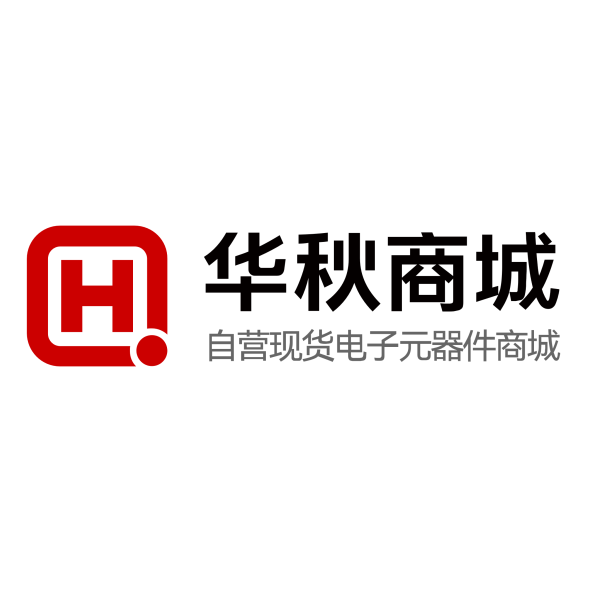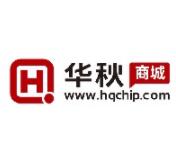| Number of channels (#) | 1 |
| Technology Family | AUP |
| Supply voltage (Min) (V) | 0.8 |
| Supply voltage (Max) (V) | 3.6 |
| Input type | Standard CMOS |
| Output type | Push-Pull |
| Clock Frequency (Max) (MHz) | 260 |
| IOL (Max) (mA) | 4 |
| IOH (Max) (mA) | -4 |
| ICC (Max) (uA) | 0.9 |
| Features | Balanced outputs, Very high speed (tpd 5-10ns), Over-voltage tolerant inputs, Partial power down (Ioff) |
- Latch-Up Performance Exceeds 100 mA Per JESD?78, Class?II
- ESD Performance Tested Per JESD 22
- 2000-V Human-Body Model
(A114-B, Class II) - 1000-V Charged-Device Model (C101)
- 2000-V Human-Body Model
- Available in the Texas Instruments NanoStar? Package
- Low Static-Power Consumption
(ICC = 0.9 μA Maximum) - Low Dynamic-Power Consumption
(Cpd = 4.3 pF Typical at 3.3 V) - Low Input Capacitance (Ci = 1.5 pF Typical)
- Low Noise – Overshoot and Undershoot <10% of VCC
- Ioff Supports Partial-Power-Down Mode Operation
- Schmitt-Trigger Action Allows Slow Input Transition and Better Switching Noise Immunity at the Input
(Vhys = 250 mV Typical at 3.3 V) - Wide Operating VCC Range of 0.8 V to 3.6 V
- Optimized for 3.3-V Operation
- 3.6-V I/O Tolerant to Support Mixed-Mode Signal Operation
- tpd = 4.4 ns Maximum at 3.3 V
- Suitable for Point-to-Point Applications
The AUP family is TI?s premier solution to the industry?s low-power needs in battery-powered portable applications. This family assures a low static- and dynamic-power consumption across the entire VCC range of 0.8 V to 3.6 V, resulting in increased battery life (see AUP – The Lowest-Power Family). This product also maintains excellent signal integrity (see Excellent Signal Integrity).
This is a single positive-edge-triggered D-type flip-flop. When data at the data (D) input meets the setup time requirement, the data is transferred to the Q output on the positive-going edge of the clock pulse. Clock triggering occurs at a voltage level and is not directly related to the rise time of the clock pulse. Following the hold-time interval, data at the D input can be changed without affecting the levels at the outputs.
NanoStar? package technology is a major breakthrough in IC packaging concepts, using the die as the package.
This device is fully specified for partial-power-down applications using Ioff. The Ioff circuitry disables the outputs when the device is powered down. This inhibits current backflow into the device which prevents damage to the device.













